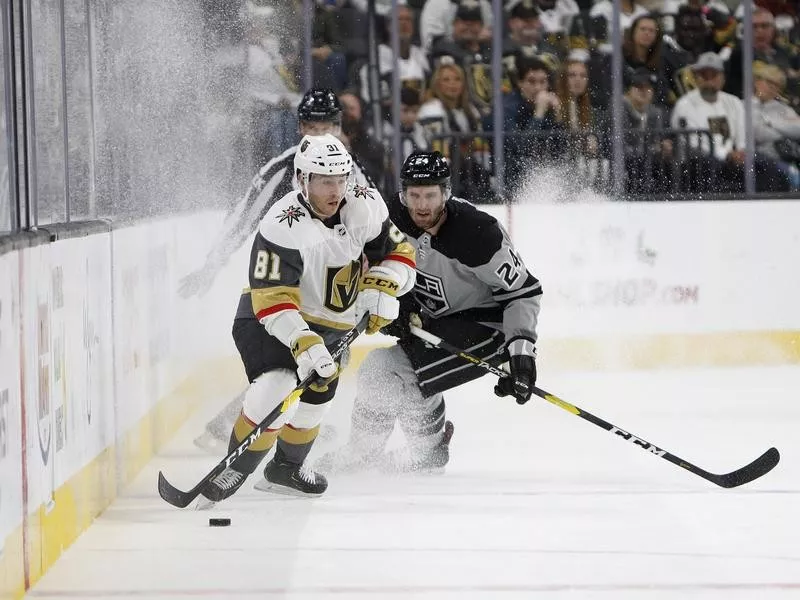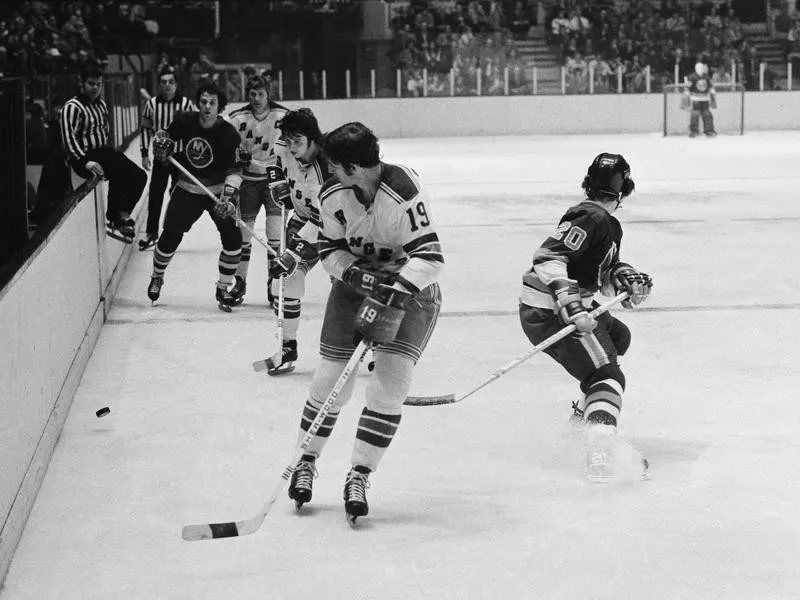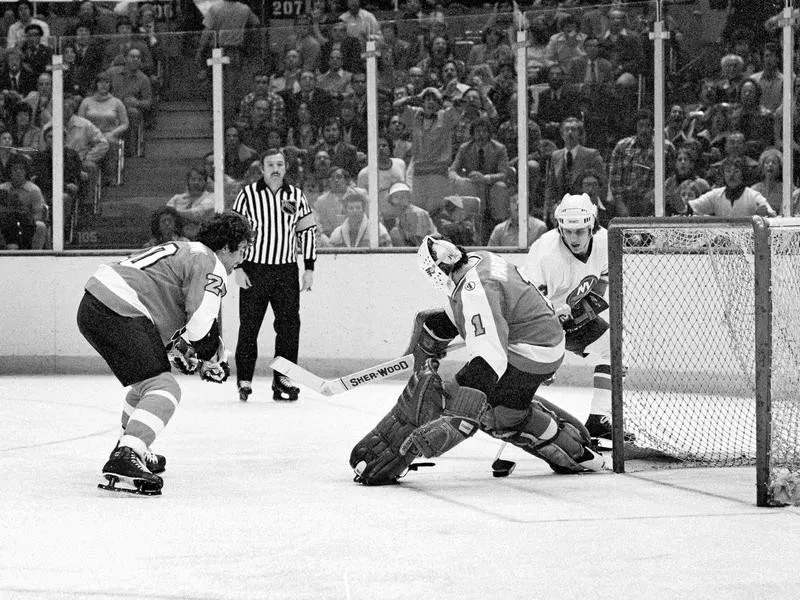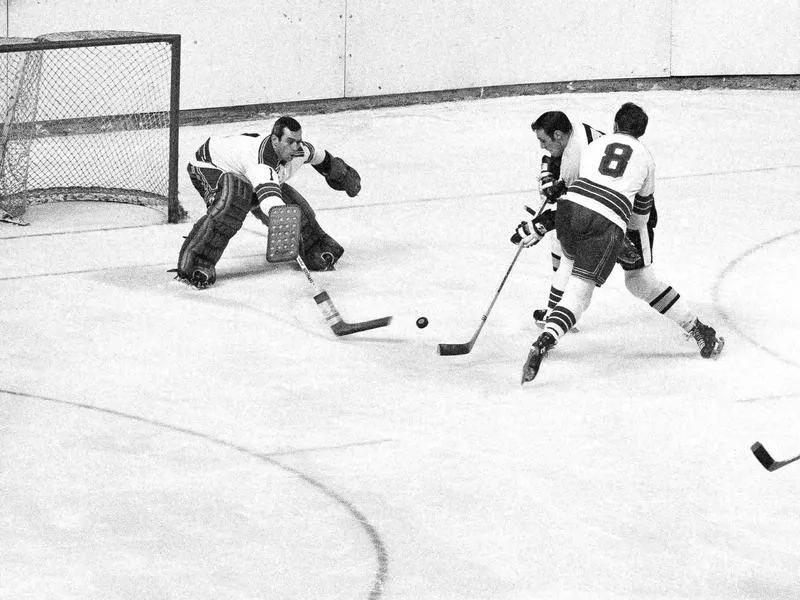If there’s a more action-packed, white-knuckled, drop-dead important two minutes in pro team sports than the power play in hockey, then so help us, we’ll argue until we get a 10-minute misconduct penalty.
Think about it, people. In no other major league is a piece taken off the game board to reward/penalize the participants for a rules infraction. Suddenly, dramatically, the shackles are removed from some of the most skilled athletes in the world. They now have all that wide-open space around them.
There are more tape-to-tape passes. More unimpeded shots at the net. More gritty, in-your-face shot blocks. More believe-it-or-not saves. More highlight-reel goals. Pretty much more of everything except play stoppages. No icing calls, you know.
Better yet, because nothing can change the momentum of a game more than a power play, successful or otherwise, the stakes are higher. Way higher. Exclude empty-netters, and about 70 percent of all NHL games are decided by a single goal. Win the special teams matchup, you win the game. Yeah, it’s that simple.
So who are the best power-play combos of all time? Here’s our list with a twist. We selected the best version in the history of each franchise and ranked them all from worst to best. Now let’s have at it.
31. 2019-20 Vegas Golden Knights

Center Jonathan Marchessault is a playmaker for the Vegas Golden Knights. Joe Buglewicz / AP Photo
Note: The criteria was a mix of goals scored, conversion percentage, overall talent and postseason success. Because the nature of power plays differed from era to era based on rules and strategy (power-play percentages were not tracked before the 1963-64 season), we also considered how much teams dominated in a season to give the numbers better context.
Power-play goals/opportunities: 42/191
Power-play percentage: 21.9
Primary unit: Forwards Jonathan Marchessault, Max Pacioretty, Paul Stastny and Mark Stone, defenseman Shea Theodore
Coach: Gerard Gallant, Peter DeBoer
Season finish: 39-24-8 (first in Pacific Division, regular season suspended)
7. 1973-74 New York Rangers

Jean Ratelle made many passes with the New York Rangers. AP Photo
Power-play goals/opportunities: 66/222
Power-play percentage: 29.7
Primary unit: Forwards Rod Gilbert, Vic Hadfield, Jean Ratelle and Bobby Rousseau, defenseman Brad Park
Coach: Larry Popein, Emile Francis
Season finish: 40-24–14 (finished third in East Division, lost in semifinals)
Bottom Line: 1978-79 New York Islanders

Mike Bossy, right, scored 180 power-play goals for the New York Islanders in his career. Richard Drew / AP Photo
The Isles set the current standard for power-play success in the 1970s decade, when they converted at least 30 percent of their chances three times, the first to do so in league history.
The percentages say the 1975-76 edition was the best of the bunch, but sorry, unh-unh, we’ll take a pass, Bubba.
We gotta have this one. You know, the one with Bossy and his 27 snipes at the right side.
Bottom Line: 1969-70 Boston Bruins

The Bruins won the Stanley Cup in 1970. A.E. Maloof / AP Photo
In the final seven full seasons that Bobby Orr manned the right point, the B’s ranked first or second in power-play goals in the league each time.
We settled on this group for four reasons.
1. Their combination of skill, size and savvy was off the charts.
2. They converted at the highest rate of any team in the Orr era.
3. Their power-play percentage remains on the short list of best ever.
4. They hoisted the big prize when all was said and done.